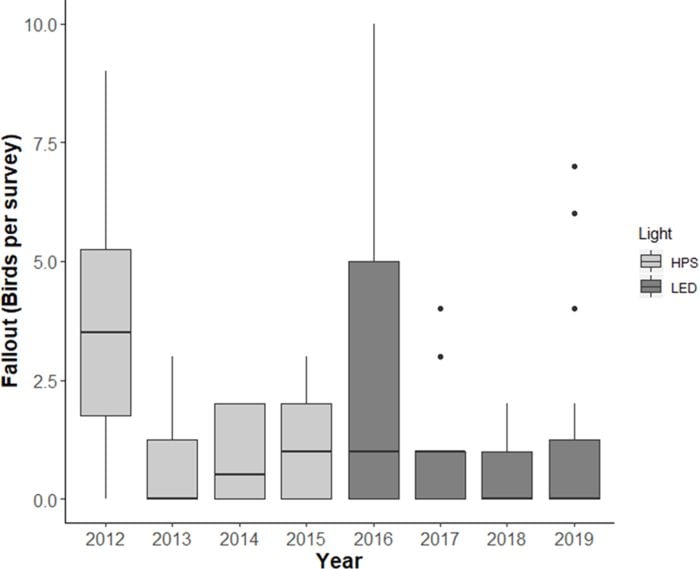
Black-footed Albatrosses, watercolour and gouache by Flávia Barreto; after a photograph by Eric Vanderwerf
The Albatross and Petrel Agreement has chosen the theme “Climate Change” to mark the third World Albatross Day, to be celebrated on 19 June 2022 (WAD2022). The featured species for 2022 are the North Pacific Black-footed Phoebastria nigripes and the Laysan P. immutabilis Albatrosses, considered to be at risk to sea level rise and increases in the number and severity of storms that result in flooding caused by climate change.
For the first three months of the year ACAP has been collaborating with Artists and Biologists Unite for Nature (ABUN) on its 39th Project to produce artworks that will help increase awareness of the conservation plight facing the world’s albatrosses and support WAD2022 (click here). With the collaboration now completed, ACAP Latest News takes pleasure in featuring the second of its contributing ABUN artists, following on from Grisselle Chock last month.

Laysan Albatrosses, watercolour by Flávia Barreto; after a photograph by Hob Osterlund
Flávia Barreto lives in Nova Friburgo, a town in the State of Rio de Janeiro, in south-eastern Brazil. She describes herself as an amateur artist and a retired civil servant with a law degree. Although she has had no formal education in the visual arts, she grew up in a family of artists who taught her drawing and painting techniques. After retirement she decided there was still time to learn more and dedicate her life to art. Being a lover of nature and animals, her art and interests gradually evolved towards drawing and painting threatened species.

Laysan Albatross, watercolour by Flávia Barreto; after a photograph by Kirk Zufelt
She writes to ALN: “My current favourite media are watercolour, gouache and acrylic. I enjoy not only painting animals, but also learning about their biology, habits, behaviour and habitats. In my work, I try to capture their essence and beauty. I am particularly fond of birds, big cats, and marine life, but all living forms interest me.

Black-footed Albatross, watercolour by Flávia Barreto; after a photograph by Koa Matsuoka
Flávia continues: “I am deeply concerned about climate change, the danger of extinction of so many species, and the increasing destruction of the natural environment in my country and around the world. Joining ABUN and being able to participate in the projects is a joy and a privilege. We have the opportunity to learn more about endangered species, be inspired by the amazing works of the photographers and other artists, and at the same time, contribute with our art to support conservation projects. There is a lot to do, and the time is now, before it is too late.”

Laysan Albatross “Sunday Boy” by Flávia Barreto; after a photograph by Laurie Smaglick Johnson
Flávia ends by saying “It would be an honour to have one of my paintings used by ACAP for World Albatross Day. I want to thank you all for this amazing opportunity.” And ACAP thanks Flávia for the use of her beautiful art to support the conservation of the world’s 22 species of albatrosses.
With grateful thanks to Kitty Harvill and Marion Schön of Artists and Biologists Unite for Nature and to photographers Laurie Smaglick Johnson, Koa Matsuoka, Hob Osterlund, Eric Vanderwerf and Kirk Zufelt.
John Cooper, ACAP Information Officer, 04 April 2022

 English
English  Français
Français  Español
Español 





 Westland Petrel by
Westland Petrel by 

